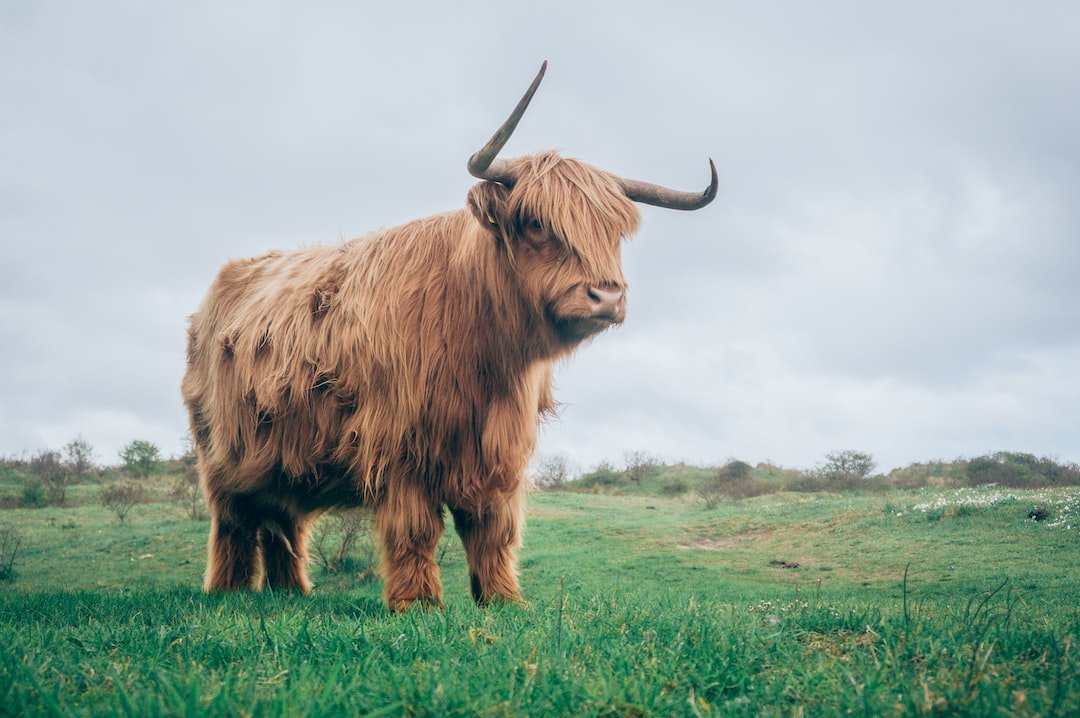From the Tundra to the Savanna: Unraveling the Diversity of Animal Habitats
Animals come in all shapes and sizes, each uniquely adapted to survive and thrive in their respective habitats. From the frozen tundra in the Arctic to the vibrant savannas of Africa, animal species have evolved remarkable adaptations to suit their surroundings. In this blog post, we’ll explore the diversity of animal habitats and how animals successfully navigate their environments.
Let’s start with the tundra, a vast and unforgiving expanse of frozen land. Despite the harsh conditions, the tundra is home to some remarkable creatures. One such example is the Arctic fox, a small carnivorous mammal known for its dense fur and snow-white coat. This adaptation allows the fox to blend seamlessly into the snowy landscape, providing it with camouflage when hunting or evading predators.
Another tundra dweller is the musk ox, a large and resilient herbivore. Equipped with a thick layer of shaggy fur and a humped back, the musk ox can withstand freezing temperatures and block the chilling winds that are common in these northern regions. They gather in herds, relying on their collective body heat for insulation and protection against predators such as wolves.
Moving away from the icy tundra, we find ourselves in the captivating savanna ecosystem. This habitat is characterized by vast grasslands and scattered trees, creating a picturesque landscape filled with diverse animal life. One iconic species of the savanna is the African elephant, the largest land animal on Earth. These gentle giants have evolved unique features, such as their elongated trunks, to help them survive in this open habitat. The trunk serves multiple purposes, acting as a nose, hand, and even a hose for gathering water or dust for a cooling bath.
Carnivores also call the savanna their home, with lions being the king of the grasslands. Their manes not only serve as an impressive display but also as protection during territorial disputes with other males. Lions are highly social animals, living in prides that consist of multiple females and their young. This social structure allows for cooperative hunting, increasing their chances of successfully capturing prey such as antelopes or zebras.
Speaking of zebras, their striking black and white striped coats are an example of nature’s ingenious adaptations. It is believed that these distinct markings help confuse predators, making it difficult for them to single out an individual zebra in a group. This creates a visual illusion, known as the “confusion effect,” and is an effective defense strategy in the vast savanna where predators lurk.
Of course, we must not forget the remarkable adaptations seen in marine habitats as well. Beneath the ocean’s surface, an entirely different world exists, teeming with an incredible array of life. The coral reefs, often referred to as the rainforests of the sea, are home to an astonishingly diverse array of animals. Coral reefs provide shelter, food, and breeding grounds for countless species, including fish, sea turtles, and vibrant coral itself.
One fascinating example is the clownfish, famously known for its association with sea anemones. The clownfish has a unique relationship with the anemone; it provides protection from predators, while the clownfish in turn brings food to the anemone through its constant movement. This mutualistic symbiotic relationship allows both species to thrive in their challenging underwater environment.
From the frozen tundra to the vibrant savanna and the mesmerizing depths of the ocean, animal habitats are as diverse as the creatures that inhabit them. Through countless years of evolution, animals have developed incredible adaptations that enable them to survive and flourish in their respective environments. Exploring these diverse habitats is not only a captivating journey, but it also highlights the extraordinary resilience and ingenuity of the animal kingdom.

